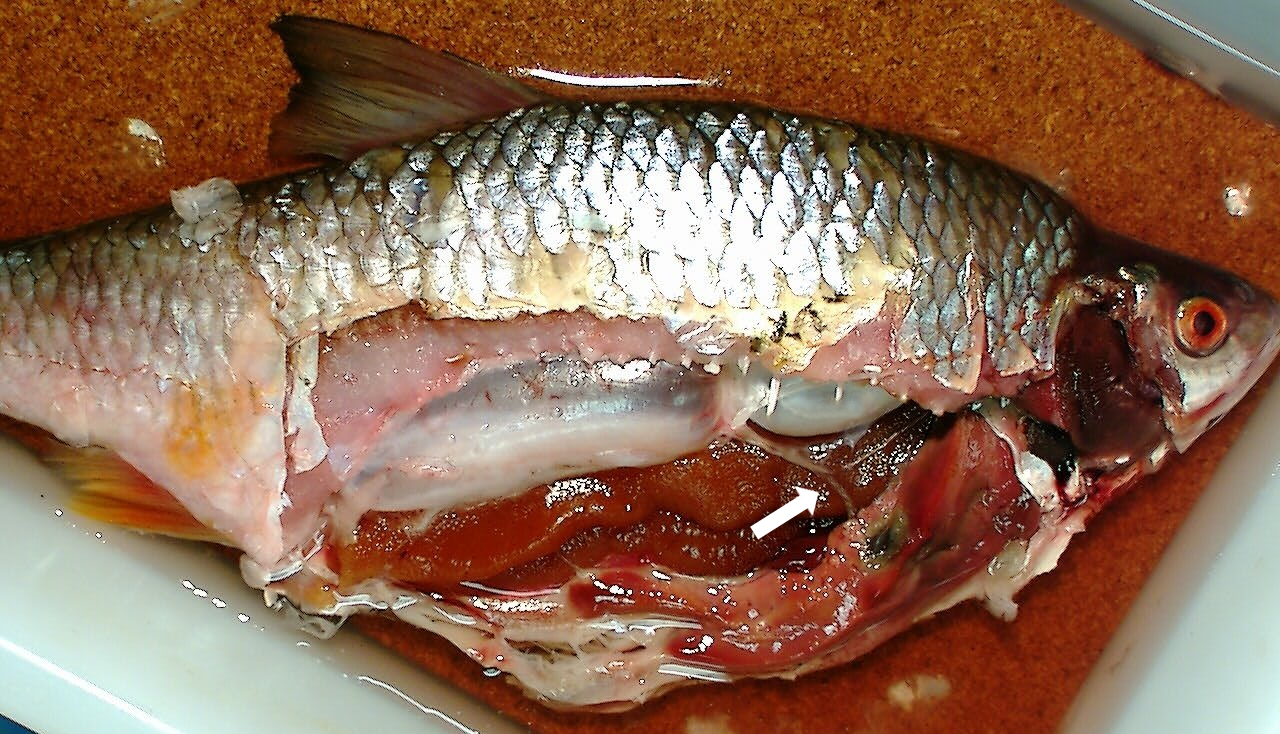Physostome on:
[Wikipedia]
[Google]
[Amazon]
 Physostomes are fishes that have a pneumatic duct connecting the gas bladder to the alimentary canal. This allows the gas bladder to be filled or emptied via the mouth. This not only allows the fish to fill their bladder by gulping air, but also to rapidly ascend in the water without the bladder expanding to bursting point. In contrast, fish without any connection to their gas bladder are called
Physostomes are fishes that have a pneumatic duct connecting the gas bladder to the alimentary canal. This allows the gas bladder to be filled or emptied via the mouth. This not only allows the fish to fill their bladder by gulping air, but also to rapidly ascend in the water without the bladder expanding to bursting point. In contrast, fish without any connection to their gas bladder are called
 Physostomes are fishes that have a pneumatic duct connecting the gas bladder to the alimentary canal. This allows the gas bladder to be filled or emptied via the mouth. This not only allows the fish to fill their bladder by gulping air, but also to rapidly ascend in the water without the bladder expanding to bursting point. In contrast, fish without any connection to their gas bladder are called
Physostomes are fishes that have a pneumatic duct connecting the gas bladder to the alimentary canal. This allows the gas bladder to be filled or emptied via the mouth. This not only allows the fish to fill their bladder by gulping air, but also to rapidly ascend in the water without the bladder expanding to bursting point. In contrast, fish without any connection to their gas bladder are called physoclisti Physoclisti are, collectively, fishes that lack a connection between the gas bladder and the alimentary canal, with the bladder serving only as a buoyancy organ.
Addition and removal of the gases from the gas bladder in such physoclistous fishe ...
.
The physostome fish encompass the bichir
Bichirs and the reedfish comprise Polypteridae , a family of archaic ray-finned fishes and the only family in the order Polypteriformes .Helfman GS, Collette BB, Facey DE, Bowen BW. 2009. The Diversity of Fishes. West Sussex, UK: Blackwell Pu ...
s, gar
Gars are members of the family Lepisosteidae, which are the only surviving members of the Ginglymodi, an ancient holosteian group of ray-finned fish, which first appeared during the Triassic, over 240 million years ago. Gars comprise seven livin ...
s, a number of carp
Carp are various species of oily freshwater fish from the family Cyprinidae, a very large group of fish native to Europe and Asia. While carp is consumed in many parts of the world, they are generally considered an invasive species in parts of ...
s, trout
Trout are species of freshwater fish belonging to the genera '' Oncorhynchus'', ''Salmo'' and ''Salvelinus'', all of the subfamily Salmoninae of the family Salmonidae. The word ''trout'' is also used as part of the name of some non-salmoni ...
s, herring
Herring are forage fish, mostly belonging to the family of Clupeidae.
Herring often move in large schools around fishing banks and near the coast, found particularly in shallow, temperate waters of the North Pacific and North Atlantic Oceans, i ...
s, catfish
Catfish (or catfishes; order Siluriformes or Nematognathi) are a diverse group of ray-finned fish. Named for their prominent barbels, which resemble a cat's whiskers, catfish range in size and behavior from the three largest species alive, ...
, eel
Eels are ray-finned fish belonging to the order Anguilliformes (), which consists of eight suborders, 19 families, 111 genera, and about 800 species. Eels undergo considerable development from the early larval stage to the eventual adult stage ...
s and the lungfish
Lungfish are freshwater vertebrates belonging to the order Dipnoi. Lungfish are best known for retaining ancestral characteristics within the Osteichthyes, including the ability to breathe air, and ancestral structures within Sarcopterygii, i ...
. While the gas bladder in fish mainly serves as a buoyancy
Buoyancy (), or upthrust, is an upward force exerted by a fluid that opposes the weight of a partially or fully immersed object. In a column of fluid, pressure increases with depth as a result of the weight of the overlying fluid. Thus the p ...
organ, some physostomes (though not all) can use their gas bladder as a lung
The lungs are the primary organs of the respiratory system in humans and most other animals, including some snails and a small number of fish. In mammals and most other vertebrates, two lungs are located near the backbone on either side of t ...
, allowing them to live from atmospheric oxygen in conditions where aquatic oxygen levels have dropped to a point which would kill other fish.
References
*External links
* {{diversity of fish Fish anatomy